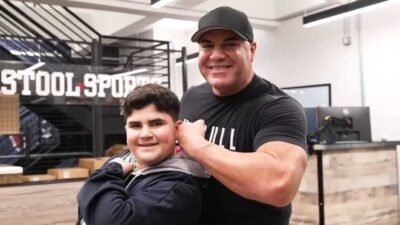While we still have a long way to go, the digital divide in America is gradually being overcome day by day. Today, even rural areas can enjoy seamless connectivity, thanks to a growing number of internet providers investing in such areas.
If you happen to be studying, working, or running your business in such an area, let me share some of the best rural internet providers in US that you might find useful. I’ll break them down based on the type of internet they offer and the average speeds you can expect from each of them.
Let’s get into it.
Viasat
Viasat is a satellite internet provider that covers remote areas across all 50 states (Alaska and Hawaii included). Additionally, it also covers the American territory in Puerto Rico and the Virgin Islands.
Being a satellite internet provider, their plans can keep you connected and informed despite ground issues such as broken power lines or natural disasters such as storms.
Their speeds are also pretty decent, and you can expect over 100Mbps if you get one of their home plans, and around 150Mbps in their business plans, which also include many options for small businesses.
Both home and business plan users can enjoy consistent and high-quality customer service, but the edge of home plans is that there are no contracts or data caps. The only downside is that you can’t set it up yourself and will need a professional installation from one of the provider’s certified technicians, which could take anywhere between 3 and 5 days.
Highline
Highline is a fiber internet provider that currently provides services across rural areas in 6 states: Colorado, Georgia, Kansas, Michigan, Nebraska, and Texas.
The provider is firm in their mission of providing high-quality internet services regardless of where you live and has the numbers to back it up, with their download speeds between 1 Gbps and 2 Gbps.
Speeds such as this can, by itself, make any experience a breeze, whether it’s working, streaming, or gaming. But to prevent any risk, the company also offers an outdoor Wi-Fi extender to ensure connectivity in all corners of your home, indoors or outdoors.
Their efforts don’t just end with their high-speed internet. They also have a dedicated customer service team working in each of the 6 states and can efficiently resolve customer issues. If you’re a remote worker, you might also benefit from their Highline Fast app, which prioritizes your work devices during business hours to prevent any inefficiency in communication or your productivity.
EarthLink
As one of the largest providers of internet in rural areas, the provider covers around 96% of homes in these areas across continental America.
Unlike the other providers on this list, they offer you different connectivity options, such as fiber, wireless home, and satellite internet, with satellite and wireless home being more common in remote areas.
Their wireless home connections use nearby cell towers, whereas their satellite internet uses satellites to provide you with a decent speed, reaching up to 100Mbps. Beyond the speed, you might also find their plans quite affordable, with service tiers starting from just $50.
If you find yourself stuck on which one you should choose, their customer service team works with you to understand your needs, lifestyle, and budget and guide you toward the best option. You can also use their website resources, such as speed test, and their detailed blogs, if you want to verify or set things up yourself.
ispMint
Veterans are dedicated to our service, both on the battlefield and in life, and ispMint proves that. The veteran-owned internet provider offers high-speed wireless broadband connections and portable internet to people in rural areas across 48 states.
You can expect speeds up to 130 Mbps, free from credit checks and contracts. Their service plan costs $99, but I’d recommend using their week-long free trial first, which only charges you $30 for shipping.
What makes this one stand out is that their modems use different bands than phones, which means you can access the internet even in areas where there are no cell towers. Their extensive network makes it possible to use the internet while on the road, and can also overcome barriers such as trees or mountains, which is great for digital nomads.
The cherry on top is their consistent customer service. They’re active each day of the week through various channels, such as email and phone.
Connectivity is For All of Us, Not Some of Us
A lack of internet services in rural areas could mean the loss of educational, career, or entrepreneurship opportunities for individuals living there.
Luckily, thanks to internet providers like the ones I’ve shared above, we can ensure that instead of some of us, all of us have an equal shot at exploring new ideas, chasing new opportunities, and achieving our dreams.













